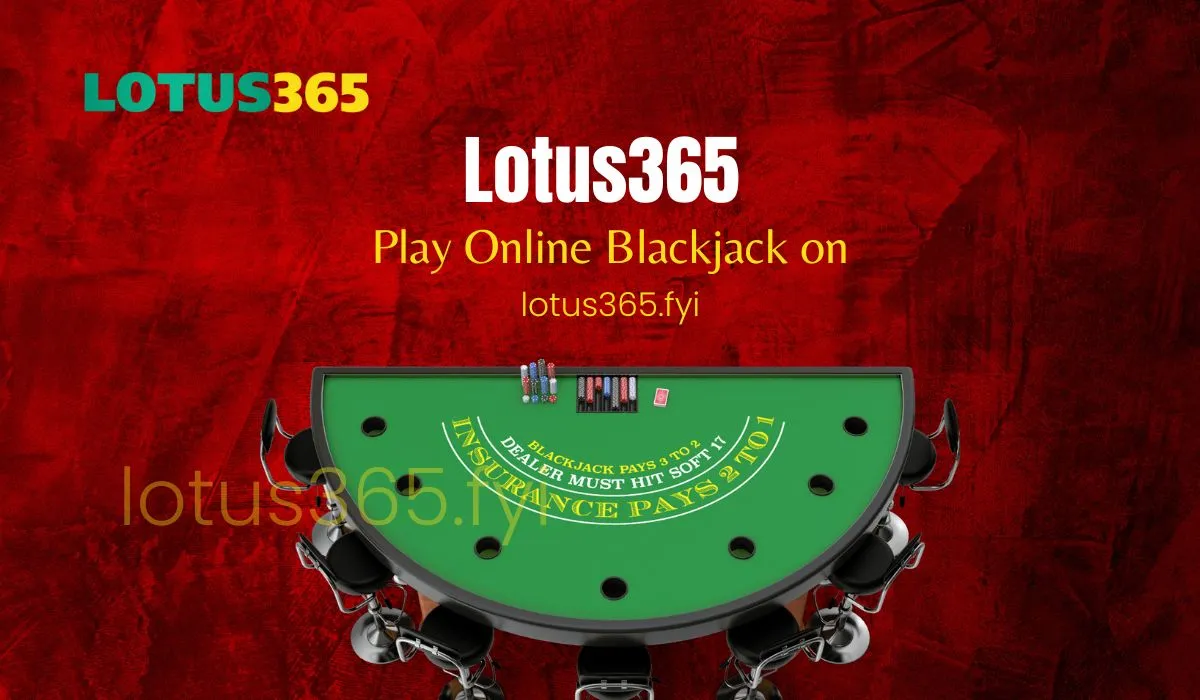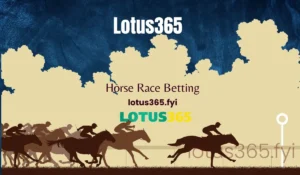Blackjack is one of the most popular and accessible card games played in casinos around the world. Its simplicity, combined with the opportunity for strategy, makes it a favorite among both seasoned gamblers and beginners. If you’re new to the game and want to learn how to play, this guide will walk you through the basics of Blackjack in simple terms, making sure you feel confident the next time you sit down at a table or play online.
What is Blackjack?
At its core, Blackjack is a card game where the goal is to beat the dealer by having a hand that totals as close to 21 as possible, without going over. Each player competes against the dealer rather than other players. It’s that straightforward!
The Basics of the Game
Before we dive into the strategies and tips, let’s first look at the basic rules of Blackjack:
- Objective: Your goal is to have a hand value that is higher than the dealer’s, but not exceeding 21. If you go over 21, it’s called a “bust,” and you automatically lose the round.
- Card Values:
- Number cards (2-10) are worth their face value.
- Face cards (Jack, Queen, King) are each worth 10 points.
- An Ace can be worth either 1 or 11 points, depending on which benefits your hand more.
How to Play a Round of Blackjack
Here’s a step-by-step breakdown of what happens during a typical round of Blackjack:
1. Placing Bets
At the start of each round, every player at the table places their bet. This is the amount you’re willing to risk for that round.
2. The Deal
Once the bets are placed, the dealer gives each player two cards, and takes two cards for themselves. One of the dealer’s cards is dealt face up (visible to everyone), while the other remains face down (hidden).
3. Player’s Turn
After receiving your two cards, you must decide how to proceed based on the value of your hand. You have several options:
- Hit: If you want another card to try to get closer to 21, you ask for a “hit.” You can continue to hit until you’re satisfied with your hand or you go over 21 and bust.
- Stand: If you’re happy with your hand and don’t want any more cards, you choose to “stand.” This means you’re sticking with your current hand value.
- Double Down: If you feel confident, you can double your initial bet in exchange for receiving just one more card. After doubling down, you must stand.
- Split: If your first two cards are a pair (e.g., two 8s or two Kings), you have the option to split them into two separate hands. Each hand will get another card, and you play both hands independently.
4. Dealer’s Turn
Once all players have taken their turns, the dealer reveals their face-down card. The dealer has specific rules they must follow:
- If the dealer’s hand totals 16 or less, they must take a hit.
- If the dealer’s hand totals 17 or more, they must stand.
5. Determining the Winner
The hands are compared, and the one with the value closest to 21 without going over wins. If the dealer busts (goes over 21), all remaining players win the round.
- If your hand is closer to 21 than the dealer’s, you win.
- If your hand is equal to the dealer’s, it’s a push (a tie), and you get your bet back.
- If the dealer’s hand is closer to 21, you lose your bet.
Blackjack Strategies for Beginners
While Blackjack has an element of luck, it’s also a game of strategy. Here are a few beginner-friendly strategies to help you improve your odds of winning.
1. Learn Basic Strategy
One of the most effective ways to increase your chances of winning is by following basic Blackjack strategy. This is a set of guidelines that tells you the mathematically optimal way to play every hand based on your cards and the dealer’s face-up card.
For example, if you have a hand value of 16 and the dealer’s face-up card is a 10, the strategy may recommend that you hit. If the dealer has a lower card showing, like a 4, it may recommend that you stand.
You can find basic strategy charts online, which are easy to follow and show exactly what to do in each situation.
2. Avoid Insurance Bets
During the game, if the dealer’s face-up card is an Ace, the dealer might offer you insurance. This is a side bet that pays 2-to-1 if the dealer has a Blackjack (a two-card 21). However, for beginners, it’s generally best to avoid insurance bets. The odds of the dealer having Blackjack are slim, and in the long run, you’re likely to lose more money by taking this bet.
3. Know When to Split Pairs
Splitting pairs can be a good move in certain situations, but it’s important to know when to split and when not to.
- Always split Aces and 8s: Splitting Aces gives you two strong starting hands, and splitting 8s helps you avoid having a weak 16.
- Never split 10s or 5s: A pair of 10s gives you a solid hand of 20, and splitting 5s can leave you with weaker hands.
4. Understand When to Double Down
Doubling down can be a powerful move because it allows you to increase your winnings. However, it’s essential to use this option wisely. A good time to double down is when you have a total of 10 or 11, and the dealer is showing a weak card (like a 5 or 6).
Common Mistakes to Avoid
Even with a basic understanding of Blackjack, beginners can sometimes fall into traps. Here are a few mistakes to avoid:
- Chasing Losses: It’s important not to increase your bets significantly after losing a hand. Stick to your strategy and avoid emotional betting.
- Ignoring the Dealer’s Card: Many new players focus solely on their own hand and forget to consider the dealer’s face-up card. This card gives you clues about the dealer’s potential hand, and can help you make better decisions.
- Standing on a Low Hand: Some beginners are too cautious and stand on hands like 12 or 13, even when the dealer shows a strong card (like a 10). In these cases, it’s often better to hit and try to improve your hand.
Frequently Asked Questions About Blackjack
1. Is Blackjack a game of skill or luck?
Blackjack is a mix of both skill and luck. While the cards dealt are based on chance, the decisions you make during the game (like hitting, standing, and doubling down) can significantly impact the outcome.
2. Can I use a strategy to win at Blackjack?
Yes, following a basic strategy can improve your odds of winning. While no strategy guarantees a win, using optimal plays can lower the house edge and give you a better chance.
3. What happens if my hand equals 21?
If your hand totals exactly 21 with your first two cards (an Ace and a 10-point card), that’s called a Blackjack, and you automatically win unless the dealer also has a Blackjack. In that case, it’s a push, and your bet is returned.
4. Should I always split my pairs?
No, you should split pairs strategically. Always split Aces and 8s, but avoid splitting 10s and 5s.




